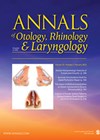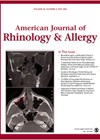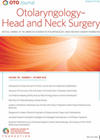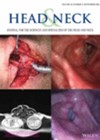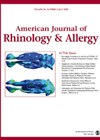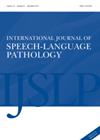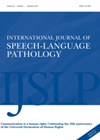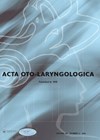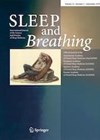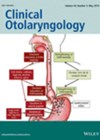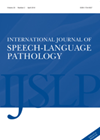
Journal Reviews
Are quinsies worth draining?
Recent data is providing accumulating evidence that treatment failure in the management of peritonsillar abscesses (PTAs, aka ‘quinsies’) is similar when these are managed with medical treatment (MT) alone versus MT plus surgical drainage (M+ST). However, in the absence of...
Ethanol ablation for benign cystic neck lesions
Benign cystic head and neck lesions have traditionally been managed conservatively or with surgical excision. Ethanol ablation (EA) has now established a role in the management of benign thyroid cysts, and its use has also been expanded to non-thyroid cysts....
British Skull Base Society Clinical Consensus Document on Management of Head and Neck Paragangliomas (HNPGLs)
All forms of HNPGLs should be managed by a multidisciplinary team (MDT) of core members from skull base otolaryngology, head and neck surgery, clinical genetics, oncology, endocrinology, vascular surgery, radiology and pathology. Extended members include neurosurgery, endocrine surgery, nuclear medicine,...
Predicting the need for salvage laryngectomy
The treatment of laryngeal cancer has seen a shift towards organ preservation strategies with non-surgical treatment offering equivalent survival outcomes. Nonetheless, salvage total laryngectomy (SLT) remains an important curative management option in cases of treatment failure or recurrence. The authors...
Prevention better than cure?
This systematic review looks at methods of ‘barrier protection’ or ‘barrier-enforcing’ to minimise allergic rhinitis symptoms, using 15 RCTs. Whilst the authors admit that patient numbers were small in a number of these studies, generally it seems that barrier techniques...
Future practice: tele-rehabilitation in speech and language therapy
It is known that our population is ageing, resulting in an increase in the number of people living with progressive neurological conditions such as Parkinson’s disease. Health services endeavour to deliver specialist and personalised care to all these people, often...
Remembering how to speak
Reminiscence therapy (RT) is an approach that provides people with dementia opportunities to recount nostalgic memories and access thoughts for communication. It is one of the most commonly used therapies in aged care settings. The aim of RT is to...
Does use of pectoralis muscle myocutaneous flap (PMMCF) reduce postoperative pharyngocutaneous fistula complication after salvage laryngectomy?
Salvage laryngectomy for recurrent laryngeal carcinoma following failed radiotherapy or chemoradiotherapy is associated with high postoperative complication rate. The primary aim of this paper was to assess whether use of muscle myocutaneous flap (PMMCF) as an interposition graft reduces the...
Percutaneous tracheostomy in anticoagulated patients
This Belgian study looked at the risks and complications of bedside percutaneous tracheostomy in patients who received anticoagulant therapy. The 231 tracheostomies included in the study were performed over an eight-year period by two otolaryngologists using bronchoscopic guidance. The mean...
An alternative device for obstructive sleep apnoea
Continuous positive airway pressure (CPAP) is the first-line treatment for obstructive sleep apnoea (OSA), primarily due to the vast amount of short-term evidence in the medical literature it has accrued. The enduring obstacle to CPAP from becoming a treatment option...
Are elective neck dissections needed during salvage laryngectomy?
There has recently been a move away from elective neck dissections in the setting of salvage laryngectomy. This has mainly resulted from an appreciation of the increase in morbidity, in particular pharyngocutaneous fistula formation, and an improvement in cross-sectional imaging...
Online group therapy is easier but is it better?
Aphasia is a communication disability caused by stroke, brain injury or dementia. People with aphasia benefit from both the emotional and communication support that group therapy can provide, yet there can be many barriers to accessing this type of intervention,...

